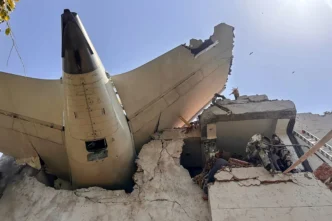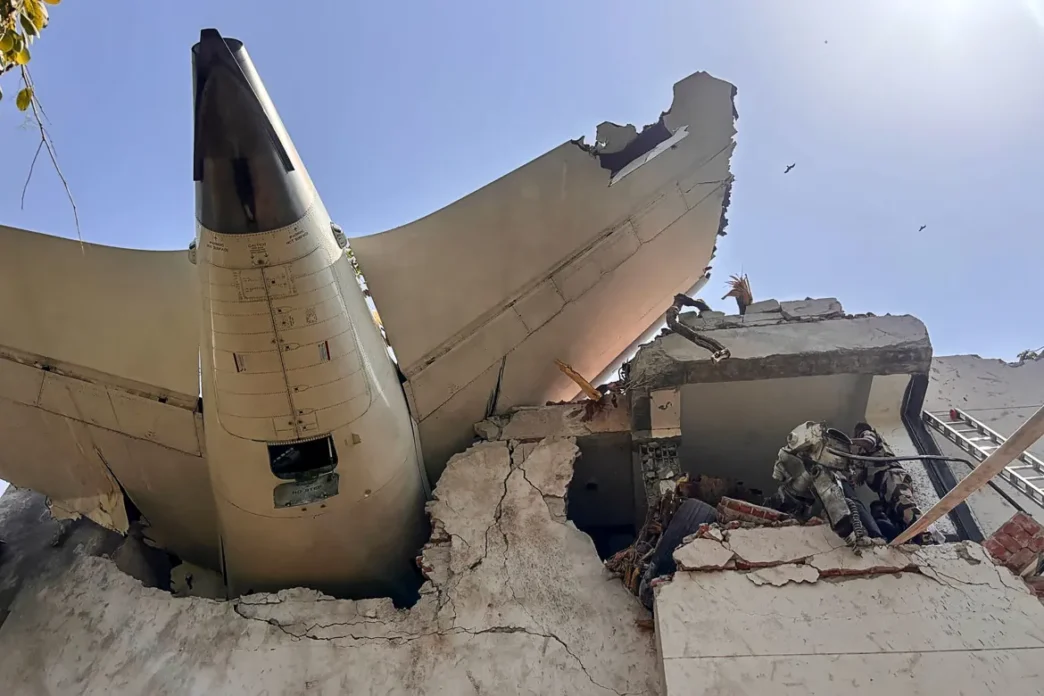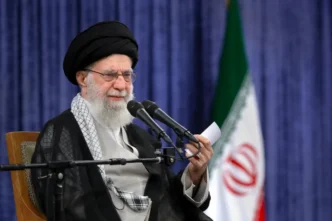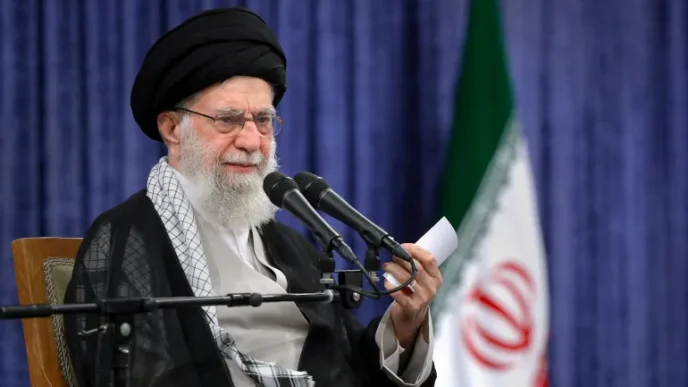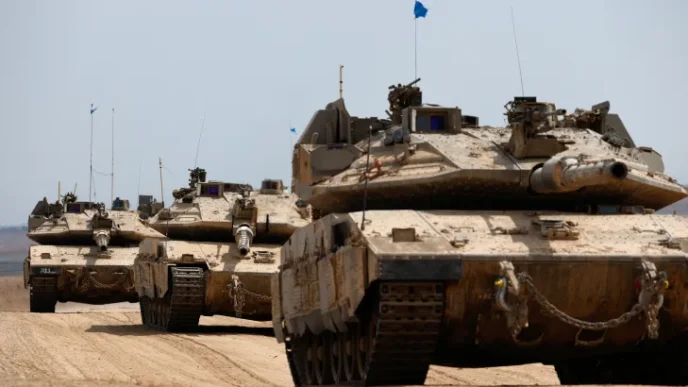On June 12, 2025, Air India Flight 171, a Boeing 787-8 Dreamliner bound for London Gatwick, crashed into a residential and hostel area shortly after takeoff from Ahmedabad. The devastating crash claimed at least 241 lives aboard—169 Indian nationals, 53 Britons, seven Portuguese, one Canadian—and tragically, 28 more on the ground.
Amid the wreckage and flames, one British national, Vishwash Kumar Ramesh (seat 11A), miraculously survived with serious injuries, disoriented but conscious. He escaped through an emergency exit, after which fire crews worked for hours to extinguish burning jet fuel—approximately 125,000 litres—and recover victims.
Among the passengers were visiting professionals and families: siblings from Udaipur heading to London on work visas, a doctor couple with three children, and others returning from weddings and Eid celebrations india. The local community is reeling from the sudden loss, with bodies charred beyond recognition.
India’s Home Minister Amit Shah confirmed the blaze left survivors with little chance to escape, and investigators recovered one flight recorder as the formal probe began. Aviation experts note unusual factors—such as landing gear still down and flaps raised—that raise questions about potential mechanical failures, possibly involving engines or flaps.
The crash marks the first fatal accident involving a Boeing 787, reigniting concerns over Boeing’s safety protocols after past whistleblower allegations of production shortcuts. In response, Boeing confirmed it is assisting with investigations and expressed condolences.
Prime Minister Narendra Modi, UK Prime Minister Keir Starmer, King Charles, and international leaders have extended condolences. The U.S. NTSB and UK AAIB are contributing to the investigation. Authorities are using CCTV, black box data, and engineering analysis to determine the chain of failures and ensure accountability.
